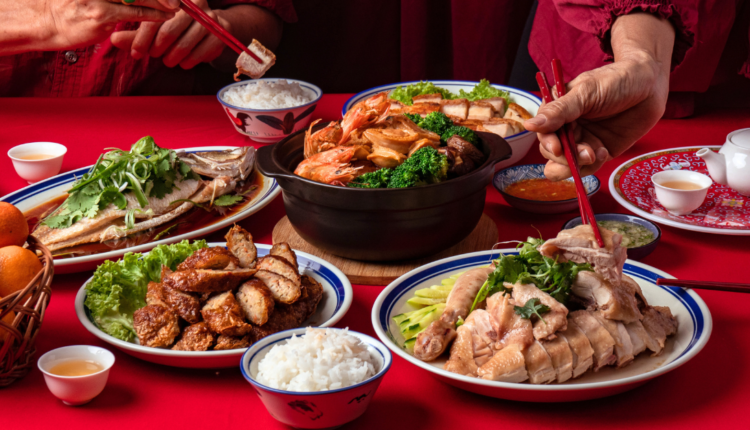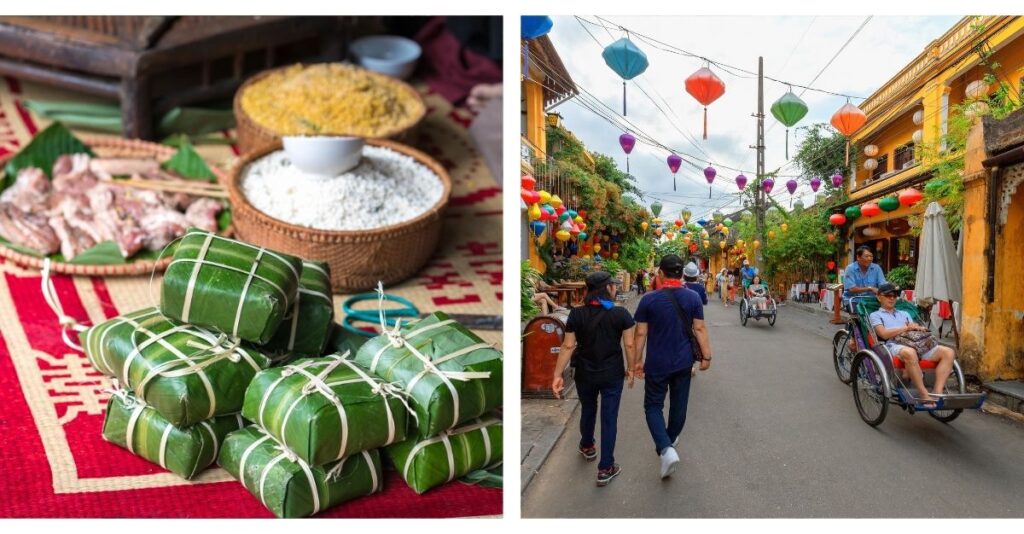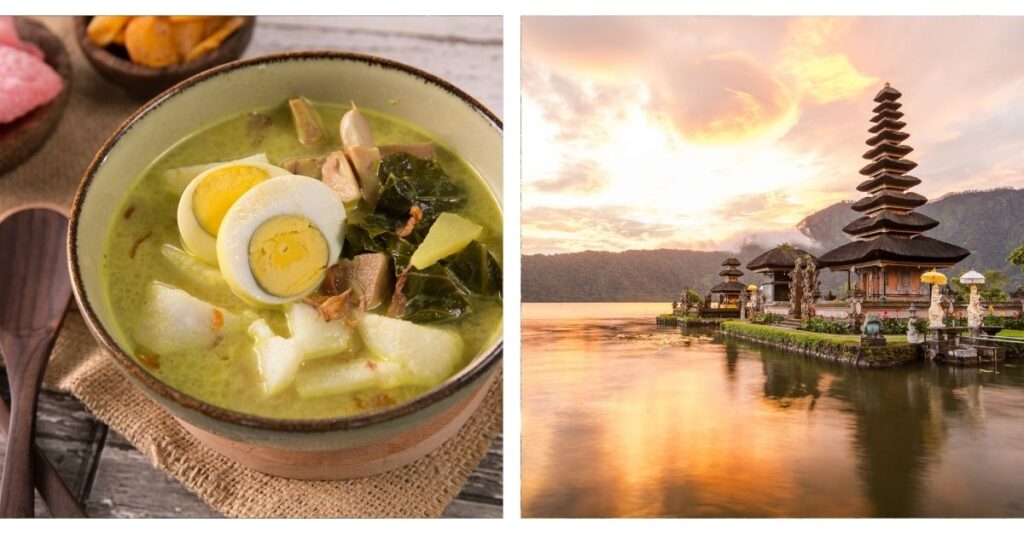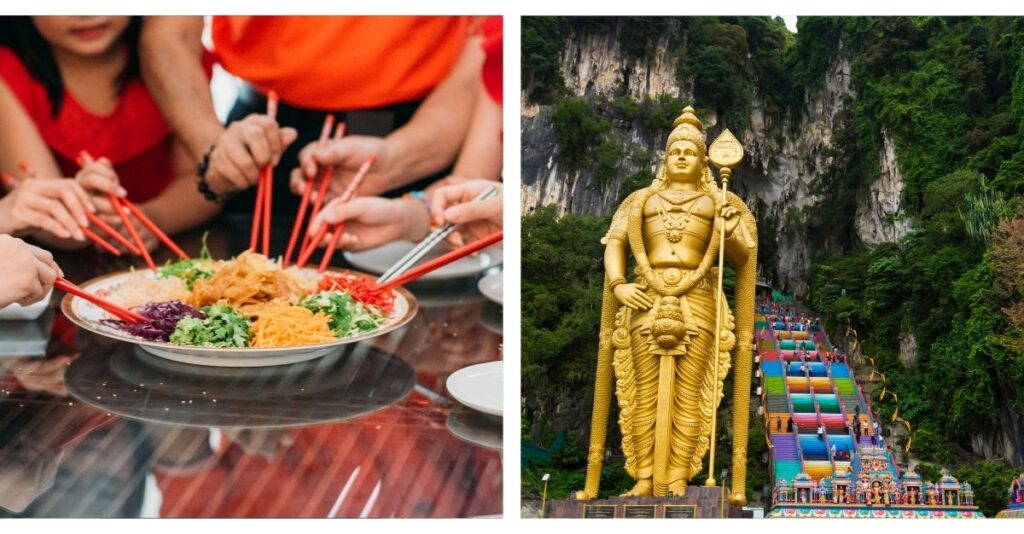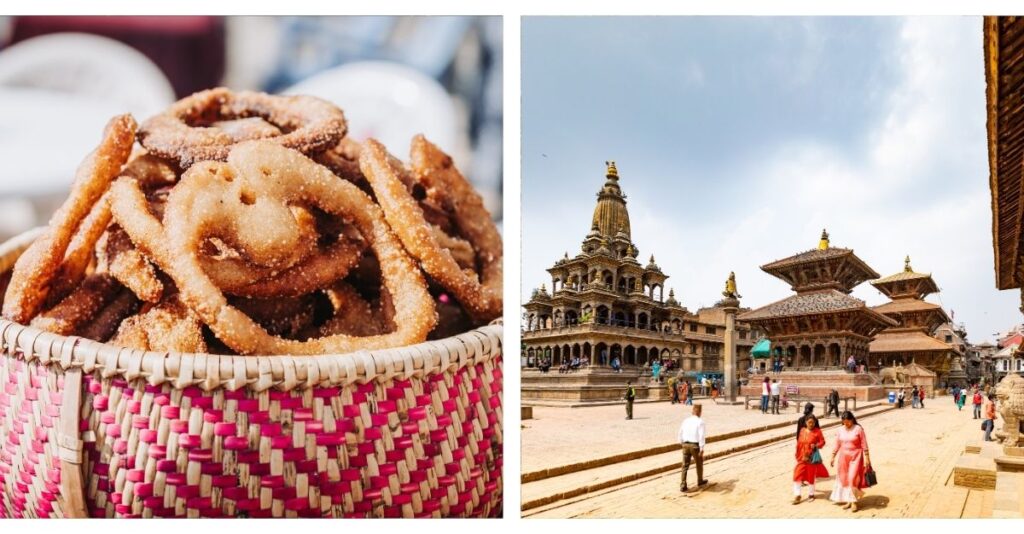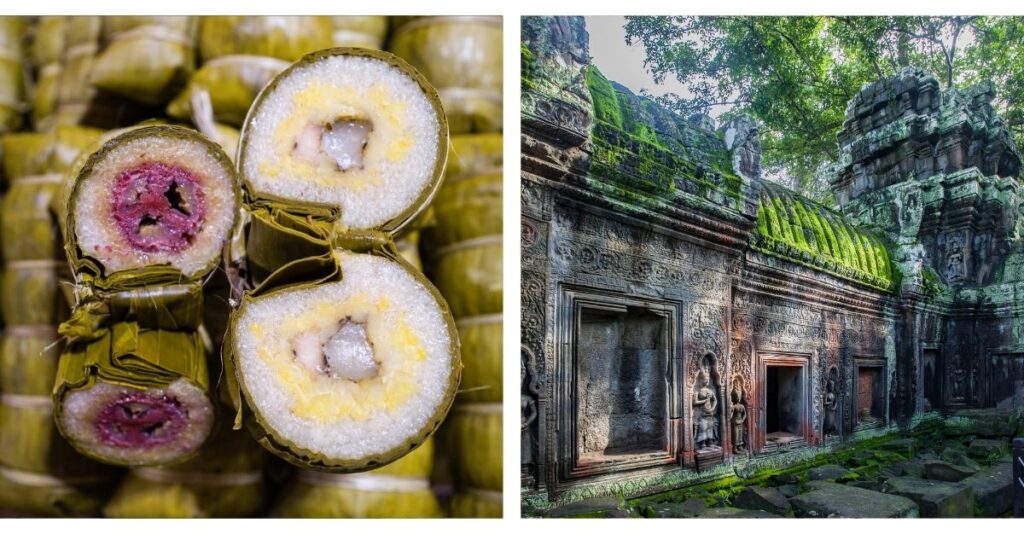Savor Good Fortune: Traditional New Year Foods from Across Asia
Across Asia, the New Year holiday is a time to honor traditions, gather with loved ones, and enjoy symbolic dishes that promise health, happiness, and success. Each country’s cuisine is steeped in meaning, offering a delicious way to usher in the new year.
As New Year approaches, cultures across Asia prepare feasts brimming with tradition, symbolism, and flavors that promise prosperity, health, and happiness. From noodles symbolizing longevity to desserts that sweeten the year ahead, discover the iconic dishes that make New Year celebrations unforgettable.
With so many fascinating traditions and unique New Year foods across Asia, we’ve divided this culinary journey into two parts to truly celebrate their diversity and richness.
Let’s celebrate together—one auspicious bite at a time!
Japan: Toshikoshi Soba – Longevity in Every Strand
In Japan, the tradition of eating Toshikoshi Soba (year-crossing soba noodles) on New Year’s Eve is symbolic of a long and fulfilling life. The thin, easily cut noodles also symbolize letting go of the hardships of the past year. A bowl of warm, hearty soba is the perfect way to transition into the new year.
Vietnam: Bánh Chưng and Bánh Tét – Unity and Balance
Tet, the Vietnamese Lunar New Year, features Bánh Chưng (square sticky rice cakes) and Bánh Tét (cylindrical sticky rice cakes). Filled with pork and mung beans, their shape represents the Earth and the sky, highlighting universal harmony, and family unity.
India: Payasam – Prosperity in Every Bite
Payasam, a creamy dessert made with milk, rice, or vermicelli and sweetened with jaggery or sugar, is a staple for Indian New Year celebrations, including Ugadi the Hindu New Year on the first new moon after the March equinox. Often garnished with nuts and saffron, Payasam’s richness is said to represent prosperity and abundance.
Indonesia: Lontong and Ketupat – Unity and Gratitude
Indonesians celebrate with Lontong (compressed rice cakes) and Ketupat (diamond-shaped rice cakes). These dishes, served with savory curries or rendang, are a reminder of gratitude and togetherness, values that all folks aim to have and encourage in others as we enter the new year.
Philippines: Round Fruits and Sticky Rice – Luck and Unity
In the Philippines, serving round-shaped fruits is seen to symbolize wealth, as their shape resembles coins. Sticky rice cakes like Bibingka, and Suman, signify family unity and togetherness, making them a must-have at every festive table.
Malaysia: Yee Sang for Prosperity
In Malaysia, tossing a Yee Sang salad (a vibrant raw fish salad) is a Lunar New Year tradition. Each ingredient holds significance, and the higher you toss it (a tradition known as ‘Lo Hei’), the more prosperous you will be in the coming year.
Bhutan: Ema Datshi for Warmth and Togetherness
Bhutan’s beloved Ema Datshi (a dish of chili in a warm, creamy, cheese) is a comfort dish enjoyed with relish during New Year festivities. Its bold flavors represent the warmth of family and togetherness in Bhutanese culture.
Nepal: Sel Roti for Abundance
During the Nepalese new year known as Bisket Jatra and celebrated in April, Sel Roti, a traditional rice flour doughnut, is prepared and shared. Its circular shape is representative of infinity and abundance.
Sri Lanka: Kiribath for New Beginnings
In Sri Lanka, Kiribath (milk rice) is central to New Year feasts. This deliciously creamy dish is often served in diamond-shaped portions and is said to signify purity, prosperity, and fresh starts.
Cambodia: Num Ansom for Protection and Blessings
The Cambodian New Year, or Choul Chnam Thmey, celebrated in April, features Num Ansom. Num Ansom is a sticky rice cake that is stuffed with either banana or pork. Wrapped in banana leaves, it is a symbolic offering given to impart protection and blessings on the receiver.
A New Year Feast to Remember
The traditions of New Year feasts in Asia offer more than just incredible flavors—they are a celebration of cultural values, family unity, and hopes and wishes for an always better future. Whether it’s a steaming bowl of soba, filling sticky rice cakes, or tooth-achingly sweet desserts, these dishes carry the essence of celebration and renewal.
Let these traditions inspire your New Year’s table, and may your year be filled with luck, joy, and delicious moments. Celebrate this New Year with Secret Retreats and discover our unique properties in fascinating destinations to experience these cultural feasts firsthand. Book Now!

